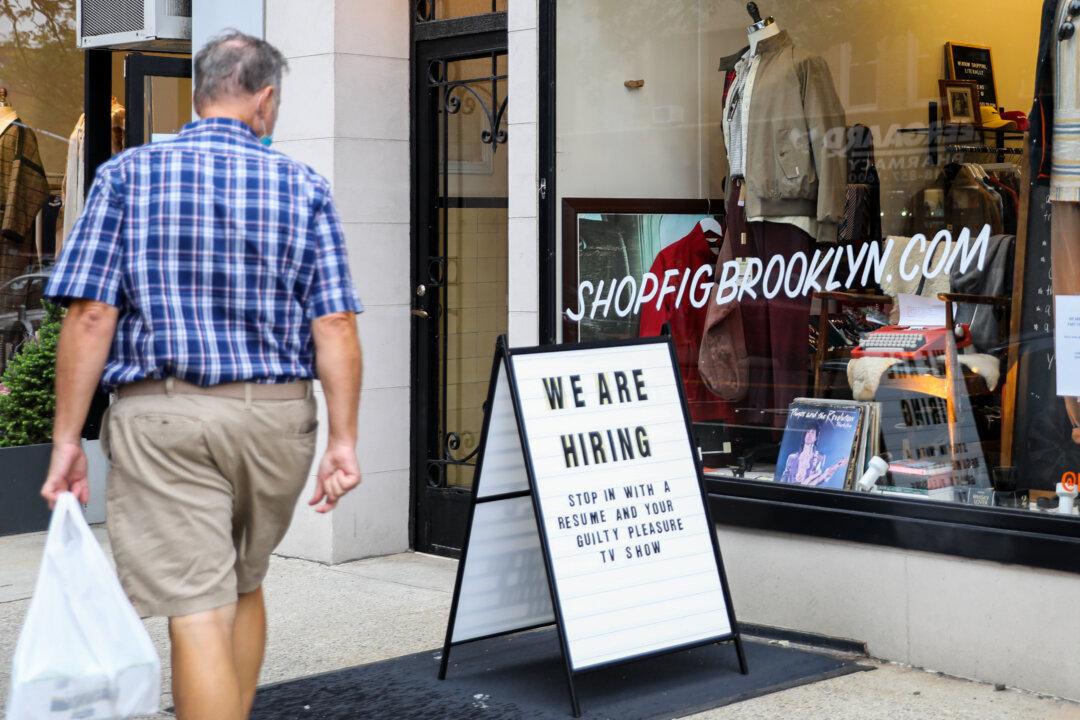The U.S. labor market could be showing signs of slowing down as the economy added 315,000 new jobs in August, significantly less than July’s revised 526,000.
According to the Bureau of Labor Statistics (BLS), the unemployment rate ticked higher to 3.7 percent, from 3.5 percent. As 786,000 more workers entered the labor force, the unemployment rate and labor force participation both went up in August.





